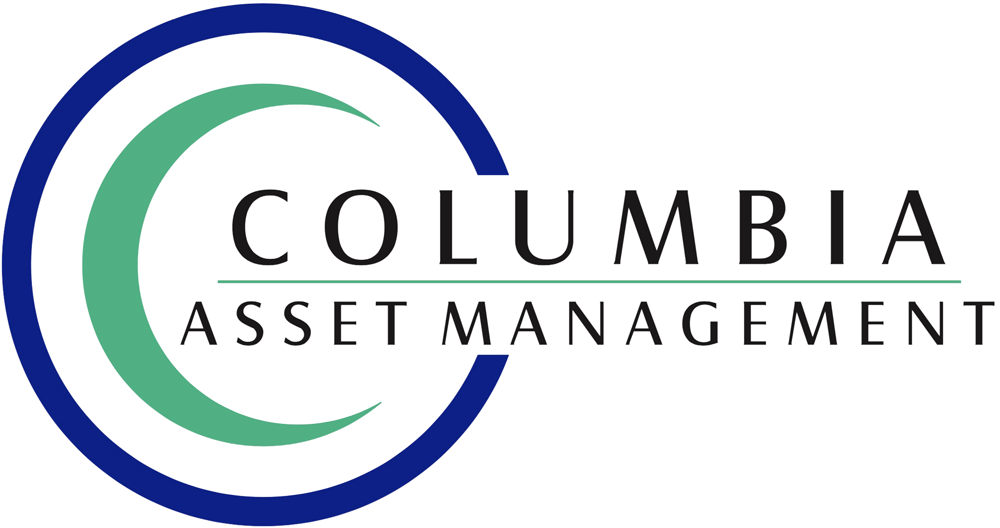
Storm Clouds or Will It Pass Over?
For quite a while, the stock market seemed to know only one direction since the dark days of March, 2020. Then September came along and the market promptly fell over 4.5% for the month. September and October are known to be volatile months and 2021 proved no exception. Fortunately, October was just as strong on the upside as September was on the downside and thus it was ‘no harm, no foul’ for investors from Labor Day through Halloween.
Greater market volatility this autumn is not the market’s only concern. There are a number of issues lurking that are getting investors’ attention (at least at times), including supply chain challenges, many jobs going unfilled, inflation and a disconcertingly high level of rancor in Washington.
To counter all this, the Fed has been very friendly and appears ready to generally continue this trend. In theory, this should keep the markets happy, but with a few major caveats.
Of course, the Fed cannot control everything and there can be unintended consequences of their unprecedented actions and benevolence. We are certainly sailing in uncharted waters and the best we can hope for is relatively smooth sailing…. and to be reasonably ready for potential storms.
But how much debt is too much debt? What are the downsides to artificially low interest rates over time? What do we do if there’s another shock to the economy? What else might be lurking that we’re not aware of? Uncharted water indeed.
Biggest of the Big
The ‘biggest of the bigs’ in the stock world – Amazon, Apple, Alphabet (Google), Facebook and Microsoft –comprise almost 25% of the entire value of the S&P 500. Said another way, 1% of the 500 companies make up a quarter of its value. Wow.
Is this healthy for the market? I’m not sure. Normally I would say a strong ‘no’, but there are a few elements here that might make me adjust my view.
First, from an investment standpoint, these 5 companies’ valuations are high but not shockingly so. Their price-earnings ratios are above average, but not stratospheric like some other companies out there. Given their very solid growth prospects, these types of premiums seem fairly reasonable. Thus, they are not enjoying unfair or unreasonable stock valuations.
These companies appear to hold monopoly power and this does create concern about governmental action. That said, usually the biggest concern with monopoly power is that customers are poorly served, by either higher prices or bad service. With these companies it’s hard to argue that customers are not being well-served. Amazon, for example, generally serves its customers very well – the prices are low and convenience is off the chart. Thus, it’s very hard to argue their monopoly position is hurting the customer, at least currently.
What can be argued is that their power is hurting competition. Some likely ‘deserve’ to be impaired because they haven’t been truly serving their customers well. But others competitors are feeling pain even though they operate pretty effectively. This is a hard thing to gauge – what is fair and what is right?
Not all competitors of the Big Five struggle. Companies like Target and Costco are still able to thrive within Amazon’s world and have done so by differentiating themselves enough that customers choose them over Amazon, at least for certain things. They’ve identified methods such as unadvertised sales and ‘pop-up’ items that encourage shoppers to come to their stores, where they often buy other things as well and enjoy the experience, assuring that they’ll likely be repeat customers.
Where Have the Workers Gone??
We’ve all seen the signs (literally and figuratively) of worker shortages, particularly for lower-paying service jobs, such as restaurant servers, store clerks and substitute teachers.
Where have these workers gone? I haven’t yet seen answers that fully explain this phenomenon.
Governmental supplement payments don’t really explain it both because studies have shown they don’t and most of those supplemental payments have now stopped anyway.
It appears the Covid crisis and shutdowns of certain businesses made workers re-examine their priorities and apparently many decided to pursue different career paths or reduced hours going forward. Working at a bar until 2 a.m. many nights a week might seem fine when you are used to it and are in that routine, but it perhaps seems less desirable when you’ve established a new routine.
Further, because the pandemic basically forced people to save money (as there was little to spend money on as people stayed home), some workers could actually choose to work less and live off savings, at least for a while.
This labor shortage will likely close a bit with time, but it could also be a longer-term problem as society has shifted with Covid. The workforce is also getting relatively smaller as giant generation of Boomers retires and the generational groups behind them can’t fill all the spots. We are seeing a demographic challenge play out in real time.
Of course, there’s a relatively simple solution to this issue: more immigration. Seasonal businesses, like farming and northern resorts (which typically are only open in the non-winter months) have been using this form of labor for decades. Maybe it’s time to look more closely at this potential workforce.
Immigrants are generally very hard-working and are willing to take lower-paying jobs to try to get ahead and improve on their (and their family’s) lives. Without a constant influx of these valuable and important workers, the United States will have difficulty continuing to grow and prosper as a country and economy.
Pay Up!!
Another major issue the recent labor shortage has revealed is the need to pay workers more and treat them with greater appreciation. For decades, many workers have seen stagnant pay and employer indifference. Now it seems the labor pendulum has swung and workers now have more clout and influence. The better-run businesses will step up their pay, treat employees better and still profit handsomely and grow over time.
BrianWeisman, CFA,CPA,CFP,CMA
(734)6651454

 Is the Market Predictable? – Not Really, but Human Behavior Is
Is the Market Predictable? – Not Really, but Human Behavior Is